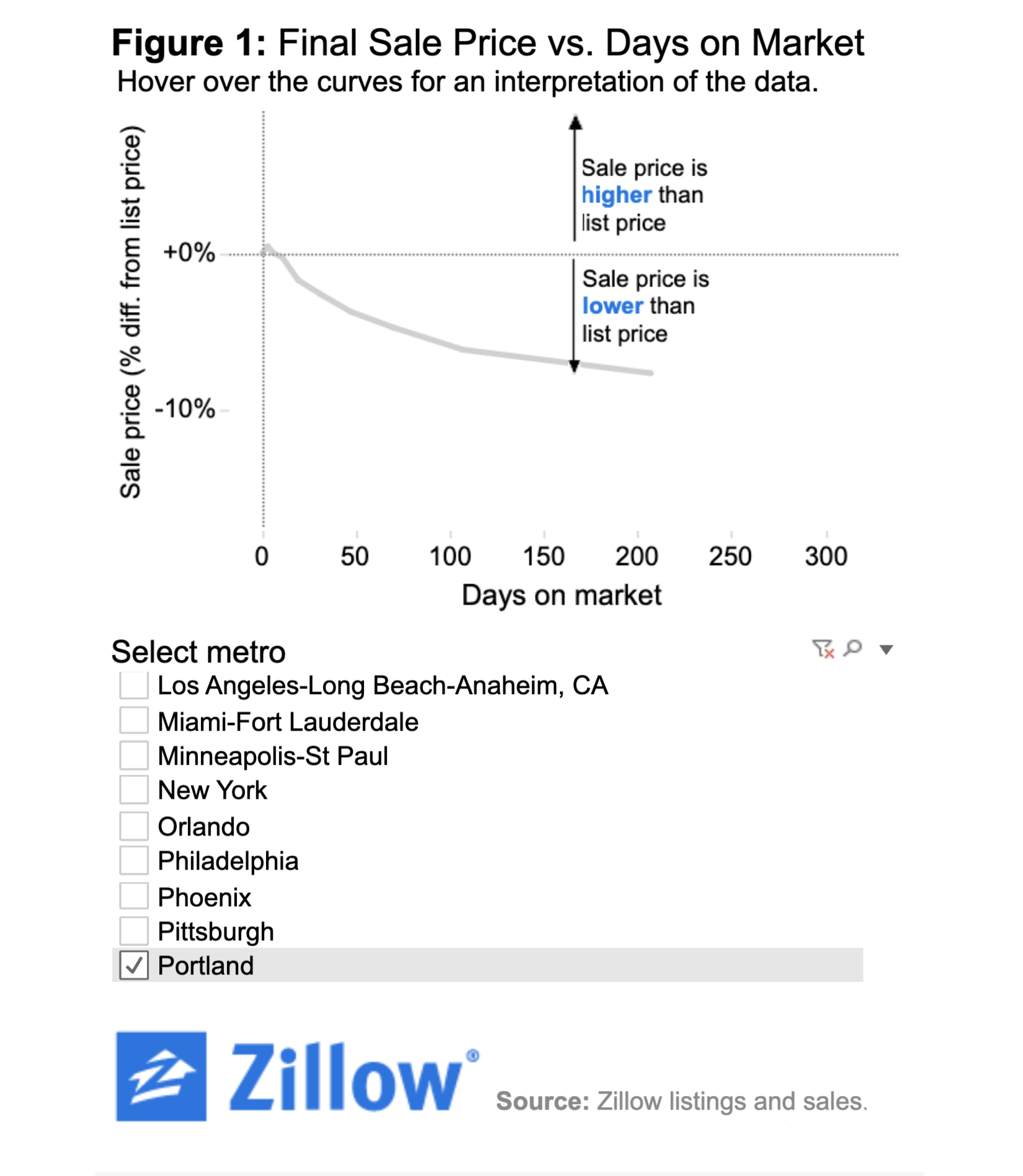By Chad Meier, September 26, 2020
When placing a home on the market, especially in an area where prices are going up and buyers are competing, it may be tempting to list at the higher end of the scale. After all, some people assume there’s always going to be a little “wiggle room” factored into any type of negotiation (so they assume it can’t hurt to swing for the fences). However, it can be very easy to lose sight of what’s important. The goal should always be to achieve true market value! So, what’s the best strategy to not strike out in this type of scenario? I would posit that if you follow conventional real estate wisdom, there’s only one conclusion… Don’t get cute!

Pricing Correctly
Experienced real estate professionals suggest that pricing a home appropriately on Day #1 is critical to eventually getting it sold at the best price for the Sellers. Furthermore, most credible research shows that pricing a home optimistically, only to drop the price later on (while it languishes on the market), will usually lead to selling for less than an ideal original list price would have yielded. This is simply because the longer a home stays on market, the deeper the discount is likely to be.
Occasionally, homeowners will fall into the trap of basing their pricing on what they may have paid for the home, the balance of their mortgage or the profit they want to make. Other will base their property’s value on recently sold listings that are not truly comparable to the subject. In reality, a home is worth only what the market will bear. It’s also worth noting that pricing a home on the high side could dissuade some potential buyers from ever seeing the listing at all.
Avoiding “Yes” Men
When interviewing various listing agents to represent them, some sellers may make the mistake of picking someone who erroneously suggests the highest asking price for their property. But sellers, like buyers, need to beware. A real estate professional who provides an accurate comparative market analysis (or “CMA”) and explains how a home should be priced, will be more likely to deliver a better result than someone who simply agrees to what they think a seller wants to hear.
Reading the Data Correctly
CMAs should include sales prices for similar nearby homes that have sold in recent months. In addition, strategic real estate agents will also include prices for homes currently on the market (AKA the competition), properties taken off the market because they didn’t sell, and Days On Market (or “DOM”) for other listings at various price points. A knowledgeable real estate advocate will factor in all of these issues, in the context of local market conditions, to help a seller get a leg up on their competition.
What Say the Consumer Sites?
Now that we’ve established that overpricing inventory can lead to a drawn-out or reduced sale, while pricing at or slightly below market value will often lead to a higher & speedier sale, let’s dive a bit deeper into some numbers from a popular consumer resource. Whether or not those of us in the real estate industry agree with it, there can be no argument that sellers will often site the “Zestimate” when justifying a high price position. So how severe does Zillow suggest the penalty of an inflated price may be, and how strong is boost of a lower one?
Zillow tracked all homes listed over the course of a recent (seller’s) market year to put some numbers to the relationship. They found that in the United States as a whole, homes that sold more or less as soon as they hit the market, had closed at net sales prices that were within 1% of *list price. Meanwhile, homes on the market for about 2 months sold at 5% below their original list price. And homes listed for the longest amount of time (11 months on average) fared worst, selling at 12% below original list price. Conversely, homes that eventually sold for 10% below their original list price spent five times (5x) as long on the market as homes that sold at their original list price.
*Keep in mind that these were national numbers (cited) and that the Portland Metropolitan area is currently trending higher than many other states. Your mileage may vary.

Some readers may find it intuitive to think of the pictured relationship as a function of list and sale price.
A Personal Perspective
My most recent (4) listings from the month of September were all priced just slightly below what the comparable market data suggested their true value would eventually be. In all cases, we’ve had no less than 20 showings scheduled on each home within the first 72 hours of entering the market. The first two of these homes went “Pending” for well over asking price at the conclusion of the weekend. The two properties I put up within the past 24 hours are currently tracking to do the same. My seller clients are understandably ecstatic with the results this strategy has produced for them.
On the other end of the scale, I agreed to list a home for a seller last month (August 2020) for a bit over what the data suggested. After all, we follow our client’s direction wherever it may lead. We are now on day 39 and chasing the market.
The Bottom Line
The old axiom “It’s easy to price too high, yet impossible to price too low” seems to hold water right now. Put another way, listing in an aggressive (not passive) fashion is currently the key to delivering the highest, quickest and best outcome for our sellers.
